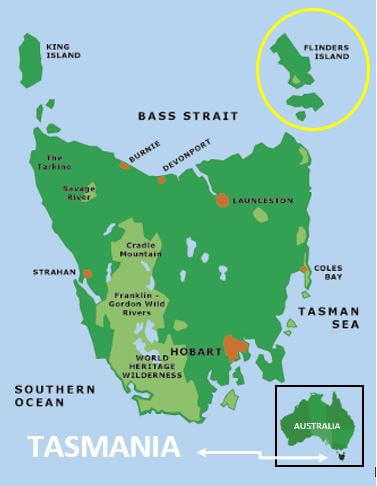This is the official website of the Furneaux Museum. Information found on other sites may be incorrect.
The Furneaux Museum is located on Flinders Island, one of the Furneaux Group of islands in eastern Bass Strait.
The course of Australia's early colonial history was influenced by events that occurred in the Furneaux Islands.
In 1797 the vessel Sydney Cove was wrecked in these then-unknown waters. One consequence was an influx of sealers, and as a result the survival of Tasmania's indigenous population - the descendants of some of those sealers and Tasmanian Aboriginal women. A rescue ship sent from Sydney also brought Matthew Flinders to the region, leading him to suspect and later prove the existence of Bass Strait.
The Furneaux Museum is all about the events and people that have shaped these islands.
Pioneering life, the tradition of mutton-birding, the ill-fated 1833-47 Tasmanian Aboriginal settlement at Wybalenna, shipwrecks, air crashes, post-war Soldier Settlement - it's all here.
- A great surprise!
- Thoroughly interesting and enjoyable. Wish I had more than half a day. Highly recommended. (Albany Creek, Qld)
- Congratulations to the volunteers who cared enough to mount this wonderful museum. (Melbourne, Vic)
- Amazing history for all to absorb. (Rockhampton, Qld)
- Best small museum we have ever visited - so well researched and documented. (Wollongong, NSW)
- A lovely multi-faceted museum. (Claremont, Tas)







